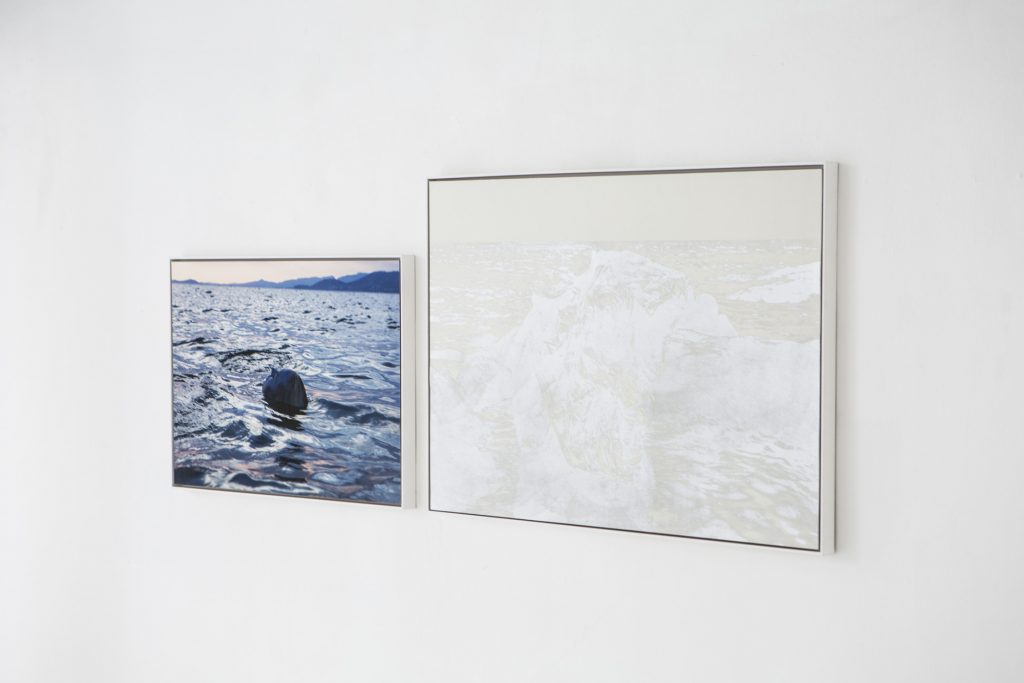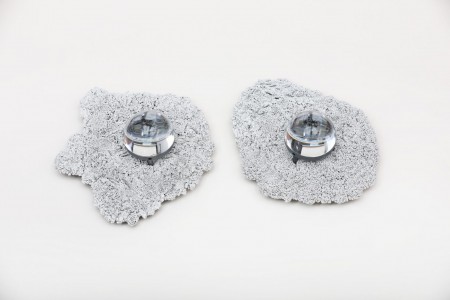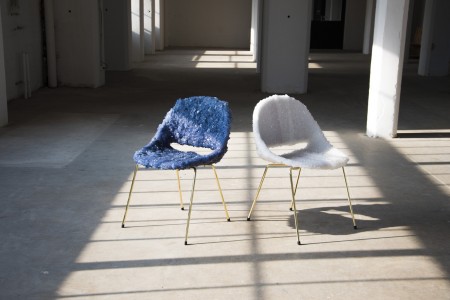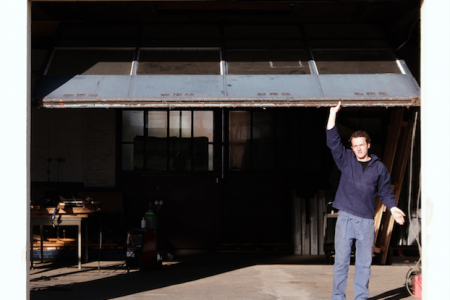At Random: Laetitia Bica
As part of our series on the artists and designers behind Spazio Nobile’s The Random Collection, we asked Laetitia Bica about her thoughts on collecting the unique
How does the fact that these pieces are unique in a series impact your work?
For this project, I worked with an old process of photography called the “gum bichromate method” which I learned in the studio of the artist Jean Janssis. With this technique is impossible to create the same piece twice, it’s more like painting. This technique, developed in the 19th century in the pictorialist movement, pushes the photographer’s intervention past their limits to a point where the image departs from the firm ground of “objective” representation and enters the pragmatic field of disruption through human actions. The photographed subject is submerged in pigments and melts into the chemical residue creating a “stripping” of the different layers of material that were exposed to ultraviolet light.
How do you think design is evolving nowadays towards the field of contemporary art?
Everyday objects can be art if there is a change in the way you use the object. I think art is everywhere, not only in institutions, and in this century the question of aesthetics is crucial and that plays into new techniques and new forms.
Why do we have those two words, fine arts versus visual arts, that have been separated? Do you think they should be interacting more?
They are constantly interacting together. Fine arts are in the representation of the academy (history) and the visuals arts are in the development of new techniques. The real question is what they have created and what influence they have on our way of working?
Is functionality an important consideration in your process?
I pursue my exploration of the being-in-common, giving form to arrangements and recoveries. My process aims to create a language with the use of varied printing media and a combinatory approach to my images.
How do you perceive your work both as part of The Random Collection and as part of your overall production?
It has been a good thing to take part in this project. For me, it meant I could push myself to continue my research and continue to be surprised by what my images can spark.








